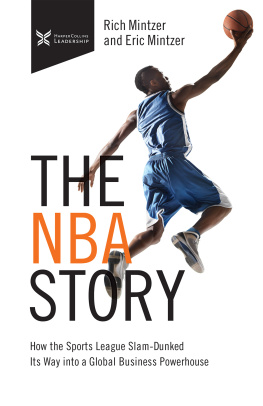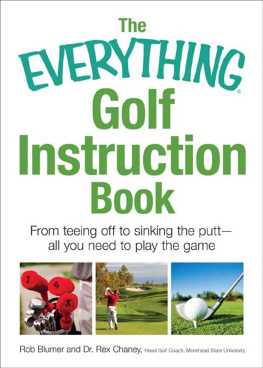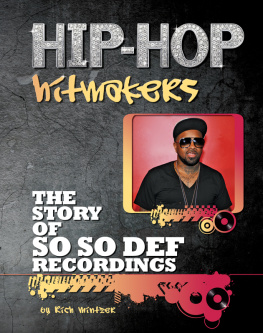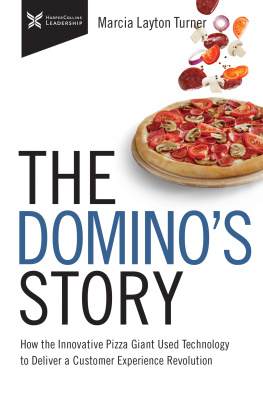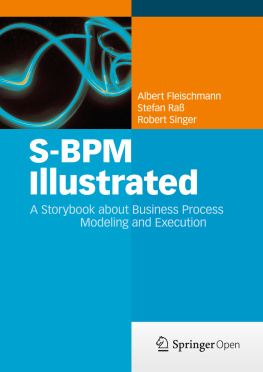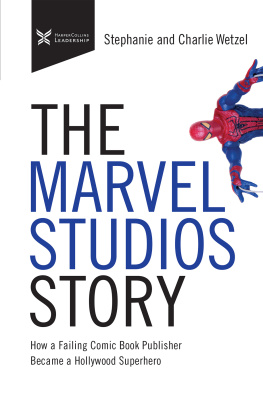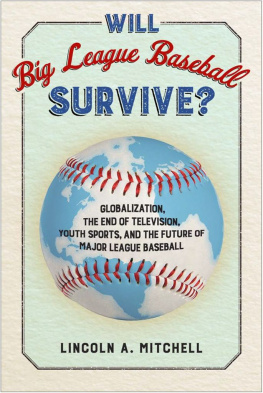Rich Mintzer - The NBA Story: How the Sports League Slam-Dunked Its Way into a Global Business Powerhouse (The Business Storybook)
Here you can read online Rich Mintzer - The NBA Story: How the Sports League Slam-Dunked Its Way into a Global Business Powerhouse (The Business Storybook) full text of the book (entire story) in english for free. Download pdf and epub, get meaning, cover and reviews about this ebook. year: 2020, publisher: Harpercollins Leadership, genre: Home and family. Description of the work, (preface) as well as reviews are available. Best literature library LitArk.com created for fans of good reading and offers a wide selection of genres:
Romance novel
Science fiction
Adventure
Detective
Science
History
Home and family
Prose
Art
Politics
Computer
Non-fiction
Religion
Business
Children
Humor
Choose a favorite category and find really read worthwhile books. Enjoy immersion in the world of imagination, feel the emotions of the characters or learn something new for yourself, make an fascinating discovery.
- Book:The NBA Story: How the Sports League Slam-Dunked Its Way into a Global Business Powerhouse (The Business Storybook)
- Author:
- Publisher:Harpercollins Leadership
- Genre:
- Year:2020
- Rating:5 / 5
- Favourites:Add to favourites
- Your mark:
- 100
- 1
- 2
- 3
- 4
- 5
The NBA Story: How the Sports League Slam-Dunked Its Way into a Global Business Powerhouse (The Business Storybook): summary, description and annotation
We offer to read an annotation, description, summary or preface (depends on what the author of the book "The NBA Story: How the Sports League Slam-Dunked Its Way into a Global Business Powerhouse (The Business Storybook)" wrote himself). If you haven't found the necessary information about the book — write in the comments, we will try to find it.
The NBA Story: How the Sports League Slam-Dunked Its Way into a Global Business Powerhouse (The Business Storybook) — read online for free the complete book (whole text) full work
Below is the text of the book, divided by pages. System saving the place of the last page read, allows you to conveniently read the book "The NBA Story: How the Sports League Slam-Dunked Its Way into a Global Business Powerhouse (The Business Storybook)" online for free, without having to search again every time where you left off. Put a bookmark, and you can go to the page where you finished reading at any time.
Font size:
Interval:
Bookmark:
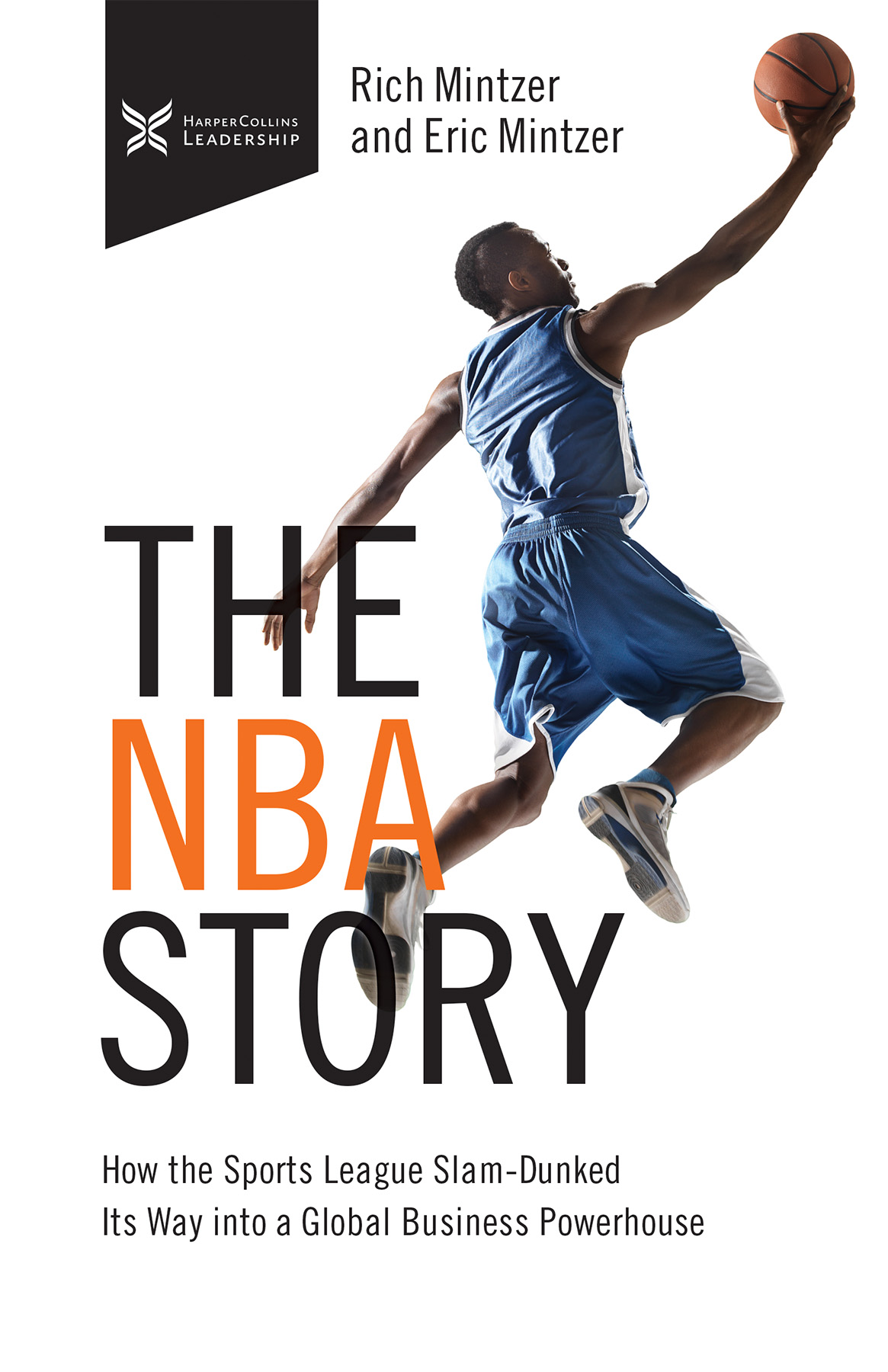
2020 HarperCollins Leadership
All rights reserved. No portion of this book may be reproduced, stored in a retrieval system, or transmitted in any form or by any meanselectronic, mechanical, photocopy, recording, scanning, or otherexcept for brief quotations in critical reviews or articles, without the prior written permission of the publisher.
Published by HarperCollins Leadership, an imprint of HarperCollins Focus LLC.
Published in association with Kevin Anderson & Associates:
https://www.ka-writing.com/.
Book design by Aubrey Khan, Neuwirth & Associates.
ISBN 978-1-4002-1886-8 (eBook)
ISBN 978-1-4002-1885-1 (HC)
Epub Edition March 2020 9781400218868
Library of Congress Control Number: 2020931298
Printed in the United States of America
20 21 22 23 LSC 10 9 8 7 6 5 4 3 2 1
Information about External Hyperlinks in this ebook
Please note that the endnotes in this ebook may contain hyperlinks to external websites as part of bibliographic citations. These hyperlinks have not been activated by the publisher, who cannot verify the accuracy of these links beyond the date of publication
CONTENTS
I would like to thank Joe Newman, cofounder of the ABA; Joanne Lannin, author and expert on womens basketball including the ABA; and the NBAs Senior VP of International Basketball Operations Kim Bohuny, for taking the time to be interviewed for the book. I would also like to thank Eric Mintzer for his research, writing, and assistance throughout, and my wife, Carol, for her support. An additional thank you goes out to HarperCollins and Kevin Anderson and Associates for allowing me to write about the NBA, a business Ive supported for many years.
Rich
L ittle did college professor James Naismith know that the game he invented in 1891, which centered around two teams trying to throw a ball into a peach basketin an attempt to keep his students occupied indoors during inclement weatherwould someday become an international phenomenon played in over 100 countries. Just over forty-five years after Naismith tossed the first jump ball in the air, the NBA was founded and has, some seventy plus years later, emerged as the premiere basketball league in the world, amongst highly competitive leagues in Europe, Asia, Africa, and South America. The league features international players and has a diverse fan base that spans the globe.
The NBA is also a multibillion-dollar business generating wealth from sources that include ticket sales, merchandising, and television revenue. A host of other leagues have since been formed by the NBA to provide inclusion and greater diversity for the great game of basketball. Todays NBA also reaches out and touches young athletes and fans with community outreach and training and development programs worldwide.
But the league was not always the shining example of incredible business success it is today. In the early years, the NBA was faced with teams folding, fans getting bored, and disenchanted players who wanted some sense of financial stability. Like many startup businesses, there were numerous challenges and off-the-court pivots that would need to be made before the league would begin what has become a meteoric rise.
In the pages that follow, we will take a look at the story of the NBA, recounting the on-court and off-court activities that built the NBA into an international phenomenon.
Some people want it to happen, some wish it to happen, others make it happen.
MICHAEL JORDAN
T he fast-paced excitement of todays NBA, with mega popular multimillion-dollar athletes and a multibillion-dollar television deal, started out, like most businesses, on a wing and a prayer. The hope was that such a competitive sport could bring some excitement and joy to a nation that had just played an integral part in World War II. Soldiers were back home, families were moving to the suburbs, and the time was right to grow a professional indoor, winter sports league that would not conflict with the nations beloved summer pastime, baseball. It was a sport that had grown organically, starting as a game played in school gymnasiums, playgrounds, and YMCAs, then graduated to high school and college teams. It had already gone professional, but the NBA was going to improve upon the business of basketball as never seen before.
The National Basketball Association was the result of a business merger. It took place initially in 1946 when two rival mens basketball leagues, both struggling for different reasons, merged, the National Basketball League (NBL) and the Basketball Association of America (BAA). Together they remained a larger version of the BAA for three seasons before being officially billed as the National Basketball Association (NBA) in 1949. However, NBA statistics include those final three BAA seasons and the 1946 merger is widely considered the leagues starting point.
Unlike many businesses, the NBA was conceived as, and remains, an entirely independent and fully self-managed organizational body (a limited corporation) whose members, the teams, are franchises operating as businesses that are independently owned. In 1946, each team paid a franchise fee of $10,000. Today, a new team entering the NBA would pay upward of $300 million.
Unlike many businesses, the NBA was conceived as, and remains, an entirely independent and fully self-managed organizational body (a limited corporation) whose members, the teams, are franchises operating as businesses that are independently owned.
The league operated, and continues to operate, under a constitution and a set of bylaws that constitute a contract among the members of the association, who are the owners, now sometimes referred to as governors. These team owners worked out the details of the league constitution and bylaws. The NBA Constitution spells out the governance structure of the league, including the rights and responsibilities of the team owners, the board of governors, and the commissioner. The NBA bylaws provide the framework for the operation of the league, which includes team and player requirements.
The league commissioner, known as the league president until 1967, would be elected by the owners. He was granted disciplinary power, dispute resolution authority, and decision-making authority, including the power to appoint other officers and committees. The owners, in conjunction with the initial league president, created the initial league rules, which were based, to a large degree, on the rules of the previous leagues and on those used in college basketball. It should also be noted that in the initial season, the NBA had a salary cap, which was eliminated after just one season and did not return for nearly forty years.
While the league was now in the startup phase, funded almost entirely by the franchise owners, issues arose almost immediately, which is not unusual following such a merger. The most notable concern was that while the leagues both offered the same product, professional mens basketball, they had radically different markets: small town and big city.
The National Basketball League, established in 1937, consisted primarily of Midwestern teams sponsored by some of the major corporations of the time, such as the Anderson Packers founded by the owners of a meat packing business in Anderson, Indiana, and the Akron Firestone Non-Skids, named for the Firestone Tire and Rubber Company, based in Akron, Ohio. The NBL teams played most of their games for small crowds in small venues. The Indianapolis Olympians, for example, played in the Hinkle Fieldhouse while the Fort Wayne Pistons actually played their home games in the North Side High School gymnasium. Five of the teams in the current NBA trace their roots back to the NBL. What made the NBL worthy of the merger was that they had the more talented, better-known collegiate players, and college basketball had already gained notoriety with tournaments dating back to the 1920s.
Font size:
Interval:
Bookmark:
Similar books «The NBA Story: How the Sports League Slam-Dunked Its Way into a Global Business Powerhouse (The Business Storybook)»
Look at similar books to The NBA Story: How the Sports League Slam-Dunked Its Way into a Global Business Powerhouse (The Business Storybook). We have selected literature similar in name and meaning in the hope of providing readers with more options to find new, interesting, not yet read works.
Discussion, reviews of the book The NBA Story: How the Sports League Slam-Dunked Its Way into a Global Business Powerhouse (The Business Storybook) and just readers' own opinions. Leave your comments, write what you think about the work, its meaning or the main characters. Specify what exactly you liked and what you didn't like, and why you think so.

